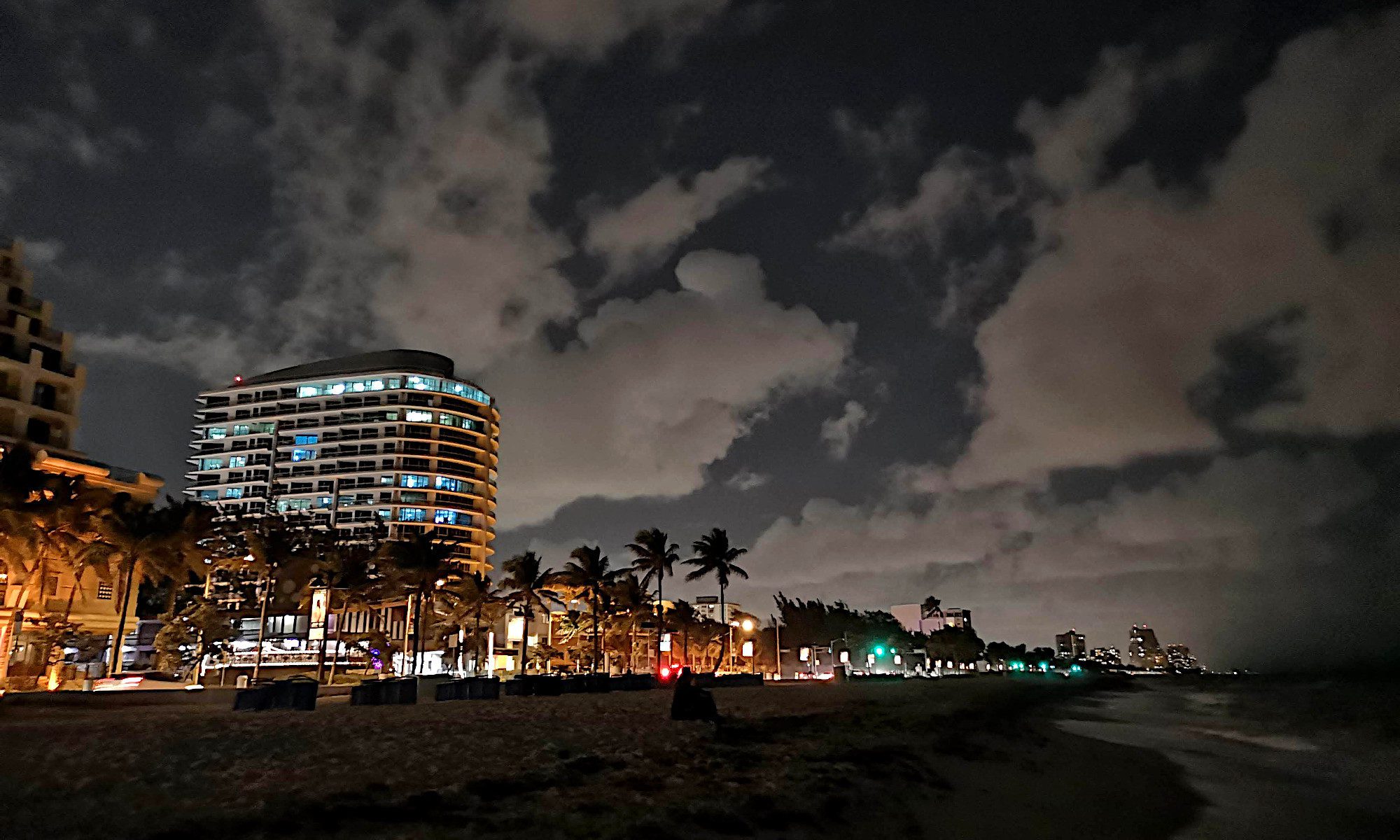
From Vox: “The Stanford Prison Experiment, one of the most famous and compelling psychological studies of all time, told us a tantalizingly simple story about human nature. The study took paid participants and assigned them to be inmates or guards in a mock prison at Stanford University. Soon after it began, the guards began mistreating the prisoners, implying evil is brought out by circumstance. The authors, in their conclusions, suggested innocent people, thrown into a situation where they have power over others, will begin to abuse that power. The Stanford Prison Experiment has been included in many, many introductory psychology textbooks and is often cited uncritically. It’s the subject of movies, documentaries, books, television shows, and congressional testimony. But its findings were wrong. Very wrong. And not just due to its questionable ethics or lack of concrete data — but because of deceit.”
Famous free-climber Alex Honnold’s brain isn’t like yours or mine

From Nautilus: “Alex Honnold has his own verb. “To honnold”—usually written as “honnolding”—is to stand in some high, precarious place with your back to the wall, looking straight into the abyss. To face fear, literally. The verb was inspired by photographs of Honnold in precisely that position on Thank God Ledge, located 1,800 feet off the deck in Yosemite National Park. Honnold side-shuffled across this narrow sill of stone, heels to the wall, toes touching the void, when, in 2008, he became the first rock climber ever to scale the sheer granite face of Half Dome alone and without a rope. When the Explorers Hall presentation concluded, the adventurers sat down to autograph posters. Three lines formed. In one of them, a neurobiologist waited to share a few words with Synnott about the part of the brain that triggers fear. The concerned scientist leaned in close, shot a glance toward Honnold, and said, “That kid’s amygdala isn’t firing.”
Note: This is a version of my When The Going Gets Weird newsletter, which I send out via Ghost, the open-source publishing platform. You can see other issues and sign up here.
No one really knows why it’s called a monkey wrench

From Mental Floss: “As is the case with many tools, there were several people who came up with the basic concept for an adjustable wrench. But the name that comes up with the monkey wrench most often is Charles Moncky, a mechanic from Baltimore, who designed a wrench circa 1858. The story is agreeably pat: Moncky introduced a wrench that soon took on an approximation of his last name. Another version of the story has a man inventing the wrench while working at the toolmaking plant Bemis & Call in Springfield, Massachusetts, in 1854. But is either tale true? Some historians don’t think so. Some cite earlier mentions of a monkey wrench that pre-date Moncky’s alleged invention. The Oxford English Dictionary dates the term to a catalog circa 1807, and a resident of England appeared in a police blotter in 1826 for “stealing a monkey wrench.”
How a 61-year-old farmer turned the world of professional running upside-down

From Ben Smith: “In 1983, Australia hosted its ultramarathon, a 573.7-mile foot race from Sydney to Melbourne. This race takes days to run. Professionals from all over the world came to participate. Shortly before the race began, a 61-year-old farmer named Cliff Young, wearing overalls and galoshes over his boots, walked up to the registration table and requested a number to enter the race. The people at the registration table thought it was a joke—that somebody was setting them up—so they laughed. But Cliff Young said, “No, I’d really like to run.” So, they gave him a number and pinned it on his old overalls. Five days, 14 hours, and four minutes later, at 1:25 am, Cliff Young shuffled across the finish line. He had won the race. The second-place runner was nine hours and 56 minutes behind him. Cliff Young had set a new world record for the ultramarathon.”
The owners of a New Zealand volcano that killed 22 people are appealing their conviction

From AP: “The owners of an island volcano in New Zealand that erupted in 2019, killing 22 people, launched an appeal on Tuesday against their criminal conviction for violating safety laws, arguing that tour operators were responsible for the safety of visitors to Whakaari, also known as White Island. Whakaari Management, a company owned by brothers Andrew, Peter and James Buttle, was found guilty last October of a charge brought by New Zealand’s workplace safety regulator of failing to protect visitors to the island. It was ordered to pay millions of dollars in fines and restitutions to victims of the volcanic eruption, who were tourists from a cruise ship, and their local guides. The company filed an appeal. Their lawyer told the High Court in Auckland that the trial judge erred when he ruled the volcano’s owners were the managers or controllers of a workplace and were therefore responsible for mitigating health and safety risks.”
The Briggs-Rauscher reaction
Acknowledgements: I find a lot of these links myself, but I also get some from other newsletters that I rely on as “serendipity engines,” such as The Morning News from Rosecrans Baldwin and Andrew Womack, Jodi Ettenberg’s Curious About Everything, Dan Lewis’s Now I Know, Robert Cottrell and Caroline Crampton’s The Browser, Clive Thompson’s Linkfest, Noah Brier and Colin Nagy’s Why Is This Interesting, Maria Popova’s The Marginalian, Sheehan Quirke AKA The Cultural Tutor, the Smithsonian magazine, and JSTOR Daily. If you come across something interesting that you think should be included here, please feel free to email me at mathew @ mathewingram dot com
